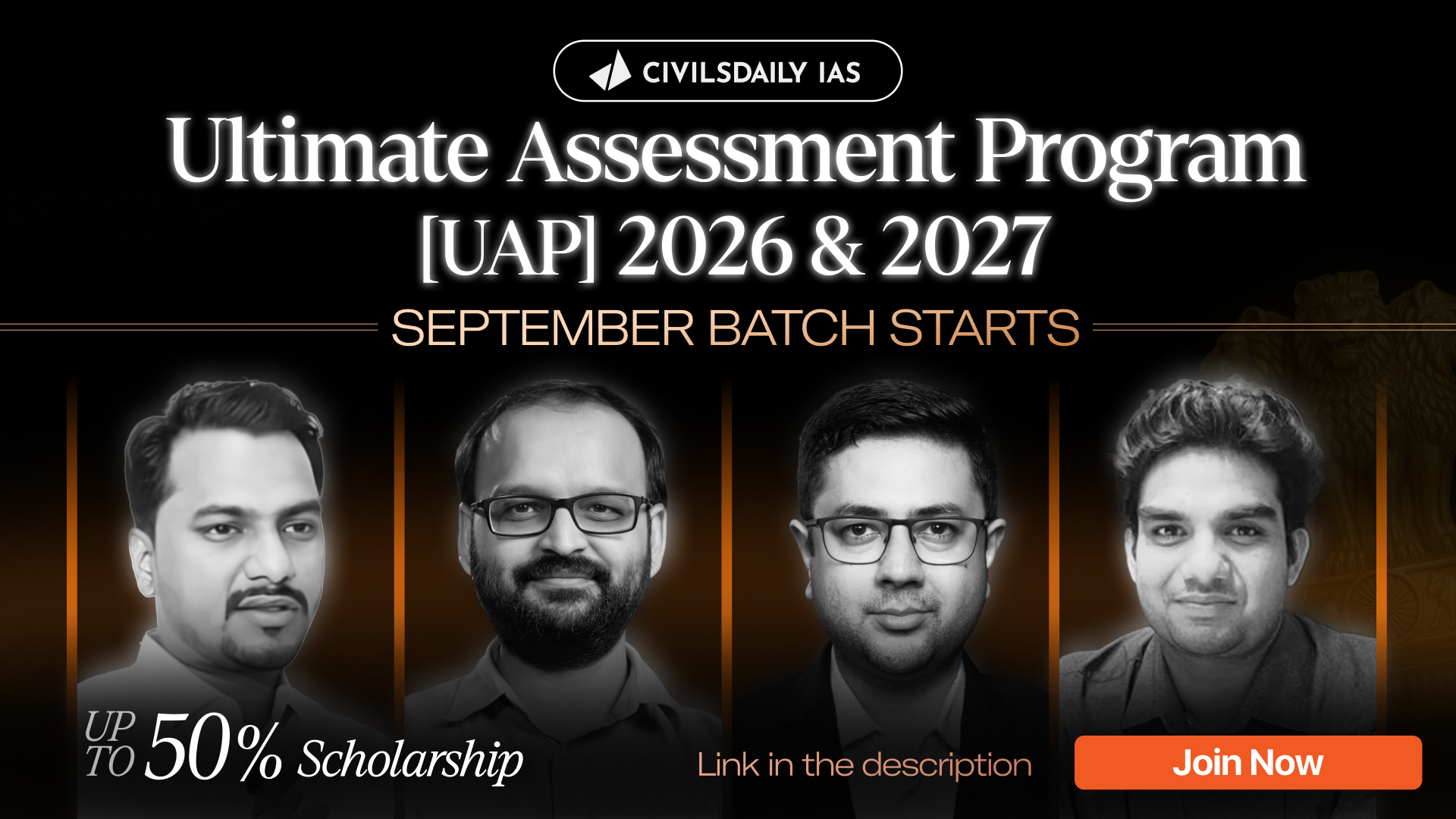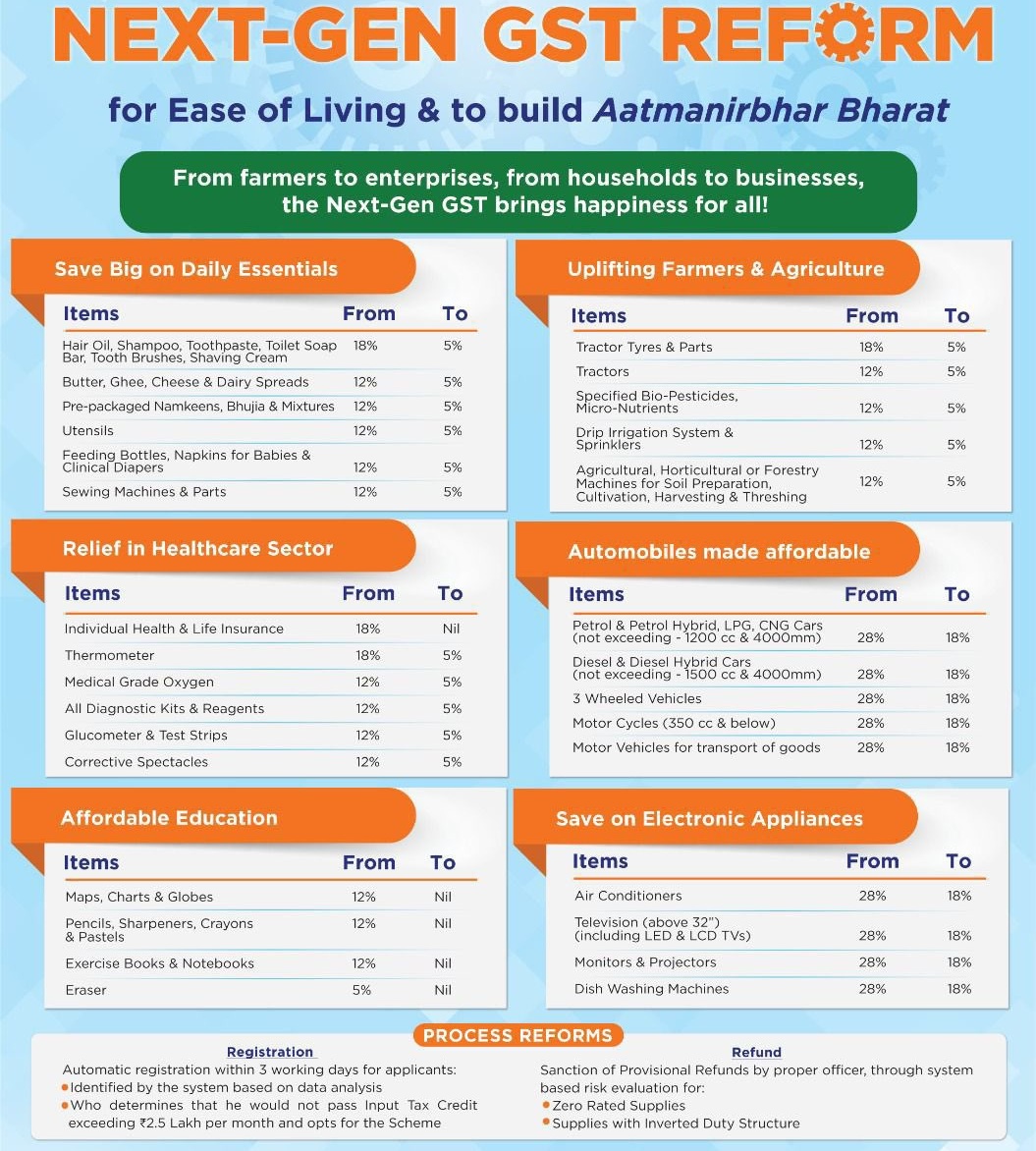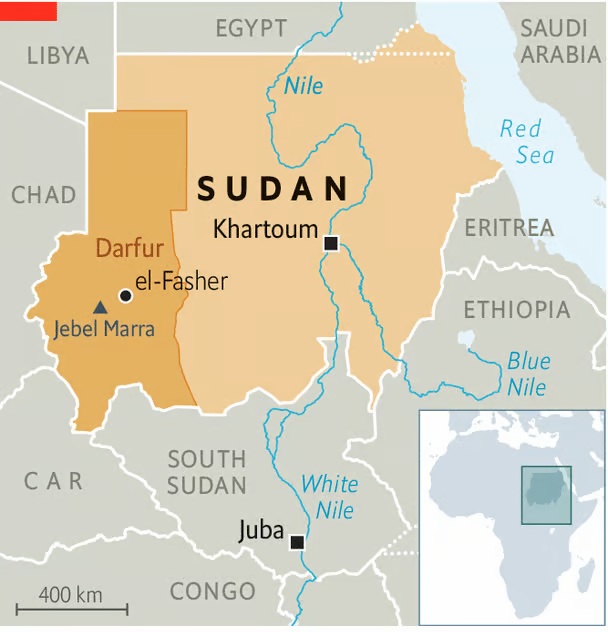Introduction
India’s maritime laws, some over a century old, were recently overhauled through the Ports Bill, Merchant Shipping Act, Coastal Shipping Act, and Carriage of Goods by Sea Bill (2025). The reforms aim to modernise governance, boost ease of doing business, and enhance India’s maritime role. Yet, concerns remain over centralisation, weakened ownership safeguards, excessive discretion, and burdens on smaller players, raising questions about federal balance.
Why Is This News Significant
The Ports Bill, 2025 centralises decision-making under a Maritime State Development Council, curbing State autonomy in port development. The Merchant Shipping Act allows partial foreign ownership of Indian-flagged vessels, ending the earlier full Indian ownership rule. Critics argue these changes favour big corporations and the Centre, while sidelining coastal States and small operators, with implications for India’s maritime sovereignty.
Progress and Pitfalls of Maritime Modernisation
- Comprehensive reform: New laws collectively update fragmented, outdated frameworks, covering shipping finance, offshore operations, safety, liability, and training.
- Ease of business: The Ports Act aims to create coherence in regulation, promoting sustainable development and investment.
- Legislative haste: Bills passed without serious debate or standing committee review, raising concerns about lack of consensus and scrutiny.
The Ports Act and the Federal Balance
- Centralisation of authority: Maritime State Development Council empowers the Centre to dictate State maritime policies.
- Erosion of fiscal autonomy: Coastal States cannot adjust frameworks independently; central plans like Sagarmala and Gati Shakti override local priorities.
- Federal subordination: Critics argue this undermines cooperative federalism, reducing States to implementers of central schemes.
Eroding Safeguards in Shipping Ownership
- Loophole in Indian-flag ownership: Merchant Shipping Act allows partial foreign/OCI ownership; exact thresholds left to government discretion.
- Risk of flag-of-convenience: Executive may dilute ownership norms, letting foreign operators control Indian ships indefinitely.
- BBCD mechanism: Bareboat Charter-Cum-Demise leasing recognised, but risks foreign lessors retaining de facto control.
Small Operators and Dispute Resolution Challenges
- Vague compliance norms: Discretionary powers could overwhelm smaller port operators with compliance burdens.
- Clause 17 controversy: Bars civil courts from port-related disputes; relies on internal committees lacking impartiality.
- Investment deterrence: Absence of independent judicial oversight could erode investor confidence.
Coastal Shipping: Protecting or Undermining Local Players?
- Cabotage protection: Only Indian-flagged vessels can engage in coastal trade — in principle, safeguarding domestic players.
- DG Shipping’s sweeping powers: Licences to foreign vessels on broad grounds like “national security” or “strategic alignment.”
- Impact on fishing industry: Smaller players face heavy reporting burdens without clarity on data use or safeguards.
- Central dominance: National Coastal and Inland Shipping Strategic Plan reduces State-level say in coastal regulation.
Conclusion
India’s maritime reforms are necessary but flawed. The package risks over-centralisation, weakened sovereignty, and burdens on smaller operators, even as it promises modernisation. True reform requires transparent ownership rules, impartial dispute resolution, and genuine cooperative federalism. Otherwise, the reforms may deliver short-term ease of business but compromise India’s federal balance and maritime security.
Value Addition
|
Key Provisions of the Indian Ports Bill, 2025 (replacing Indian Ports Act, 1908)
- State Maritime Boards:
- Statutory recognition: Boards set up by coastal States now have a legal mandate.
- Functions: Planning & developing port infrastructure, granting licenses, fixing tariffs, ensuring compliance with safety, security, and environmental norms.
- Maritime State Development Council (MSDC):
- Composition: Chaired by Union Minister of Ports, Shipping and Waterways; includes State Ministers, Navy & Coast Guard representatives, and Union Ministry officials.
- Role: Issues guidelines on port data, ensures tariff transparency, advises Centre on national maritime plans, legislative adequacy, and connectivity.
- Dispute Resolution Committee (DRC):
- Jurisdiction: Resolves disputes between non-major ports, concessionaires, users, and service providers.
- Appeals: Lie with High Courts; civil courts barred.
- Flexibility: Agreements may allow arbitration or alternative dispute resolution.
- Tariffs:
- Major Ports: Fixed by Board of Major Port Authority/Company Board.
- Non-Major Ports: Fixed by State Maritime Boards or their concessionaires.
- Port Officers:
- Conservator: Chief port officer with powers over anchoring, berthing, movement, obstruction clearance, and fee recovery.
- New functions: Preventing disease spread, assessing damage, adjudicating penalties.
- Safety and Environmental Protection:
- MARPOL & Ballast Water Management Convention compliance mandatory.
- New obligations: Waste reception facilities, emergency preparedness, pollution containment, and regular central audits.
- Offences and Penalties:
- Continuity: Retains offences under 1908 Act (non-compliance, impeding navigation, damage to port property).
- Decriminalisation: Certain offences now carry monetary fines; first-time violations can be compounded.
- New offences:
- Imprisonment up to 6 months for endangering vessel safety, disturbing seabed.
- Monetary penalties for unnotified port operations, failure to report/manage pollution, or ignoring DRC orders.
|
PYQ Relevance:
[UPSC 2022] What are the maritime security challenges in India? Discuss the organisational, technical and procedural initiatives taken to improve maritime security.
Linkage: India’s maritime reforms (2025) strengthen security through MARPOL compliance, waste management, and statutory State Maritime Boards, but also create vulnerabilities. Dilution of vessel ownership, centralisation via MSDC, and weak dispute resolution raise concerns of sovereignty and resilience. Thus, reforms reflect both organisational advances and new security risks, linking directly to India’s maritime security challenges.
Get an IAS/IPS ranker as your 1: 1 personal mentor for UPSC 2024
Attend Now



